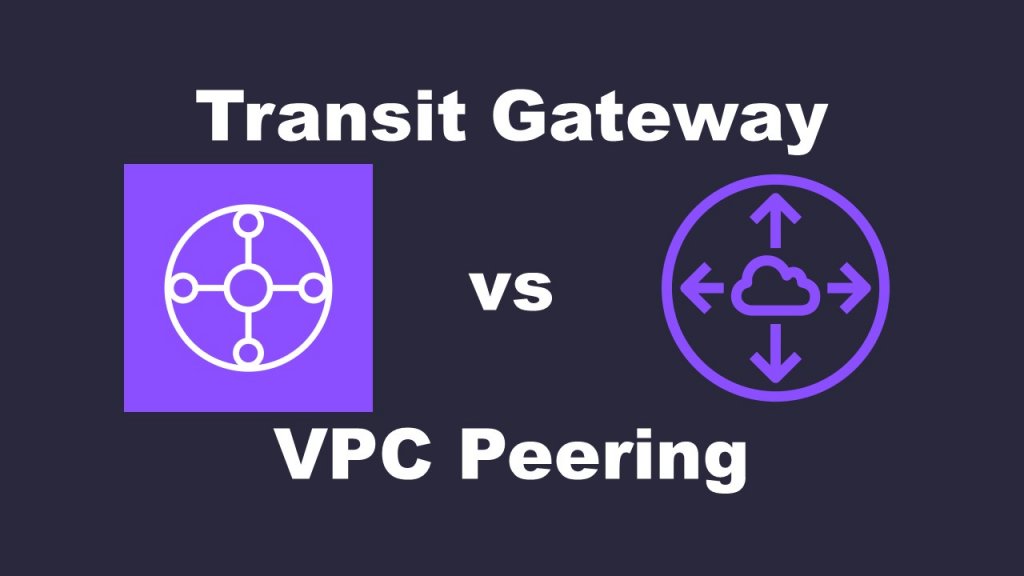Comparison between Transit Gateway and VPC Peering
Introduction
In a multi-VPC environment, it is essential to connect multiple VPCs to achieve an efficient network environment. AWS provides two different connection methods: Transit Gateway and VPC Peering.
Transit Gateway is a service that connects multiple VPCs and on-premises networks as a centralized hub. On the other hand, VPC Peering offers simple peering connections between VPCs.
Now, let’s understand the options for multi-VPC connectivity through a comparison of Transit Gateway and VPC Peering.

Service overview
- Transit Gateway
Transit Gateway is a virtual networking component provided by Amazon Web Services (AWS). By using Transit Gateway, you can centrally connect multiple VPCs and on-premises networks, enabling the creation of scalable and secure hub-and-spoke network architectures.

- VPC Peering
VPC Peering is a mechanism provided by Amazon Web Services (AWS) to establish private network connections between VPCs. By using VPC Peering, you can securely and efficiently enable communication between different VPCs within the same region.

VPC Peering and Transit Gateway common point
① Private Network Connectivity: Both VPC Peering and Transit Gateway establish secure private network connections using AWS networking services.

② Low Latency Communication: Both solutions provide direct connectivity, minimizing communication latency.

③ Simple Setup: VPC Peering and Transit Gateway can be set up relatively easily. You can configure the necessary settings using the AWS management console or APIs.

④ Scalability: Both VPC Peering and Transit Gateway offer scalability to accommodate network growth and changes. It is easy to add new VPCs or modify existing connections.

Understand the difference between VPC Peering and Transit Gateway
① Scalability: VPC Peering provides one-to-one connections, allowing direct connectivity between two VPCs. It is suitable for relatively small network environments. Transit Gateway, on the other hand, consolidates multiple VPCs and functions as a central transit hub. It allows centralized management of multiple VPCs and enables routing and monitoring of transit traffic.


② Network Control: With VPC Peering, you need to update the routing tables of each directly connected VPC. Transit Gateway, on the other hand, allows you to create a centralized routing table and manage traffic between multiple VPCs.


③ Cost: VPC Peering is free to use. However, there are data transfer charges based on the data volume between the source and destination VPCs. Transit Gateway has usage-based pricing, which varies based on the region and the size of the transit gateway. Additionally, there are data transfer charges based on the data volume between the source VPC or on-premises network and the destination VPC or on-premises network.

Conclusion
Transit Gateway and VPC Peering are both important networking tools with different features and benefits. The choice between the two services depends on the network environment and requirements. If you have a large-scale network environment or need to manage multiple VPCs in a consolidated manner, Transit Gateway is more suitable. On the other hand, if you require direct connectivity between individual VPCs, VPC Peering is more appropriate.



